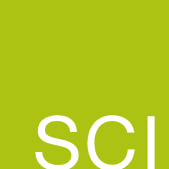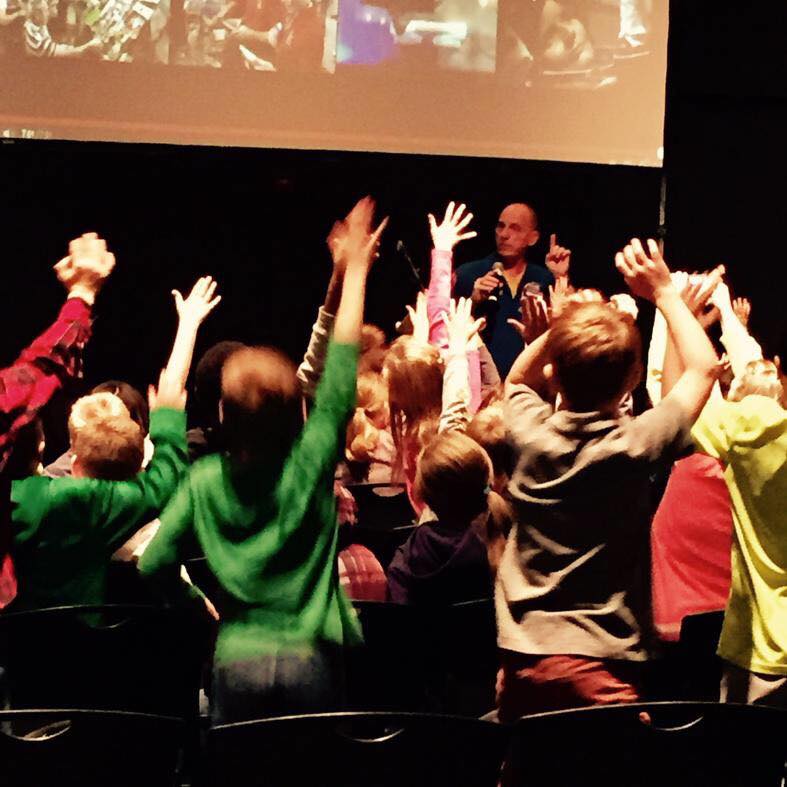Interview with an astronaut
- Thursday December 11, 2014
- General SCI
By: Taylor Soule, SCI Communications Assistant
What’s the best space meal? What are g-forces really like?
NASA astronaut Clay Anderson answered your questions submitted via Twitter, and we added a few of our own at the celebration of Orion’s launch on Dec. 4 at the Science Center of Iowa. Anderson, a retired astronaut, completed two missions to the International Space Station. He joined the Iowa State engineering faculty in 2013.
Your Questions, Answered:
SCI: What do you enjoy most about space flight?
Clay Anderson: I would say zero gravity and being weightless. To float and play every day, even while you’re working, is quite extraordinary.
SCI: What’s the best meal served in space?
CA: I liked Russian food the best. I liked lamb with vegetables and pork with potatoes. American desserts were the best. There was a blueberry cobbler and a cran-apple dessert, which was really good. The Russian soups were really, really good.
SCI: If you could travel anywhere in the known universe, where would you go?
CA: I’d probably go to Spock’s home planet of Vulcan. That’s where I’d go.
SCI: How do you cope with separation from family and friends during space flight?
CA: NASA does a good job of providing you video-conference capability and Internet protocol telephones, so you can call people. Email was readily available. Today, they have social media, which helps a lot to communicate with people you don’t even know and share the experience. I love what [NASA astronaut] Chris Hadfield did to capture the imaginations of people, and I hope we continue to do that because those are the people who fund us.
SCI: What are the g-forces like on reentry and takeoff?
CA: The g-forces are really quite small, less than 3 for entry and ascent. If you weigh 150, you’ll weigh 450 pounds. It’ll be a little uncomfortable, but it’s not unbearable. In the event of an emergency landing on the shuttle, "a ballistic entry," they call it, you could pull for very short periods between 8 and 10 G’s, but it’s very short. Overall, the trips up and back are relatively easy. Now, I’ve never swung at the bottom of a parachute like some of my colleagues who came back on a Russian Soyuz, so I’d imagine that after five months or six months in space, that could be pretty disconcerting to your vestibular system.
SCI: Do you expect astronaut training to change as we move toward the Mars mission?
CA: It would be nice if we didn’t have language barriers. Those drive up training times and costs immensely. I certainly hope it would be more video-based training, where you can look at something and watch a video and then do it. When you start to travel from the Earth, the communication time gets much longer, and you’re going to want to be more autonomous in what you can do. It’s much easier when you can learn it through video rather than reading a bunch of words.
SCI: What’s the most exciting science experiment you conducted in space?
CA: We did several interesting ones. I don’t know that any were hugely exciting. The problem is that you gather data, but you don’t hear the results right away. We burned some things in space. Those experiments were interesting in that it could lead to better smoke detectors on Earth. I’m big on what the payback is for Earthlings. I required all my scientists who were having me do their experiments to tell me why a taxpayer should care, and that was hard for some of them to do because they’ve never thought about it before. It was really important for me to make sure people understand why their investment of tax dollars is important and what the gain is back here on Earth. I do it on Twitter and Facebook, too. I try to let people know there is a return on their investment. They just have to have the patience to see it.
SCI: Why are you passionate about working with freshman engineering students at Iowa State?
CA: With commercial spaceflight coming to the forefront, we need engineers, whether they be mechanical or aerospace. If I can excite them about engineering, specifically aerospace, for this case, I think that’s important. My goal as an instructor is to work on some new capabilities, new ideas and innovations that will allow Iowa State graduates to be considered a cut above some other graduates by virtue of their experiences. I am trying to come up with ways to make them think like astronauts. I’m not trying to make them into astronauts. I am trying to get them to think like astronauts. I’m training them to be thinkers.

